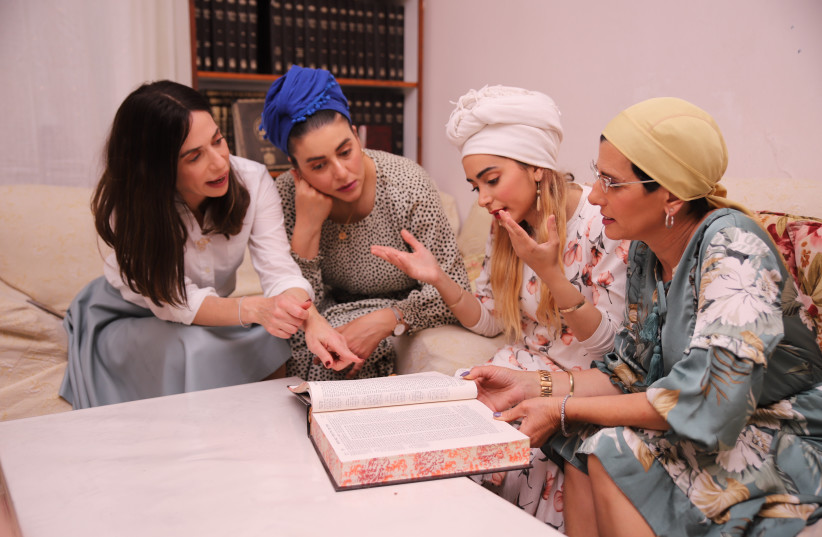The Israel Democracy Institute’s recently released Statistical Report on Ultra-Orthodox Society for 2023 sheds light on the community’s education, employment, and societal perspectives, including a slight surge of employment among ultra-Orthodox women reaching 80%.
Head of the Israel Democracy Institute’s Ultra-Orthodox in Israel Program, Dr. Gilad Malach, explained to The Media Line: “This change stems from deep processes in the perception of the role of women in ultra-Orthodox society and the quality of their professional training in the education and higher education system.”
Additionally, the report reveals an increase in ultra-Orthodox women pursuing computer science, showcasing a significant departure from traditional educational paths. Shai Calderon, director of ultra-Orthodox education at the Ministry of Education, provided insight: “The achievement is the result of a great investment in the educational frameworks, as well as many years of investment in training, professional assistance and guidance, professional
development … and more.”
“Another explanation for the increase [is] cultural background, and values—in the adaptation of female students as future breadwinners for husbands who study Torah,” Calderon continues. “Also, the fact that ultra-Orthodox female students are much less distracted by media consumption, smartphones, etc. In our estimation, the upward trend will continue.”
The report also discloses that more than half of ultra-Orthodox men are now employed, marking a substantial increase. However, it underscores a persistent gap in average monthly income compared to secular Jews, reflecting the challenges faced by the ultra-Orthodox community in education and training.

The report delves into the demographic landscape, projecting that ultra-Orthodox Jews constitute 13.6% of the current population, with expectations to rise to 16% by 2030. The growth in the number of ultra-Orthodox children in the education system reflects the community’s expanding presence, albeit at a slower rate in the past decade.
The gender gap lies in education as well as earning
However, there’s a noteworthy disparity in educational preparation between genders. While ultra-Orthodox women are actively participating in systems that equip them for the job market, the report points out a gap for men, with the education system falling short in preparing them for employment.
“We estimate that in the coming years, there will be an increase in the employment rate of ultra-Orthodox men,” Dr. Malach noted. “But to reduce future harm, it is necessary to ensure the quick process of their integration into the workforce.”
Lana Ikelan is a recent graduate of the Hebrew University of Jerusalem and an intern in The
Media Line’s Press and Policy Student Program.
